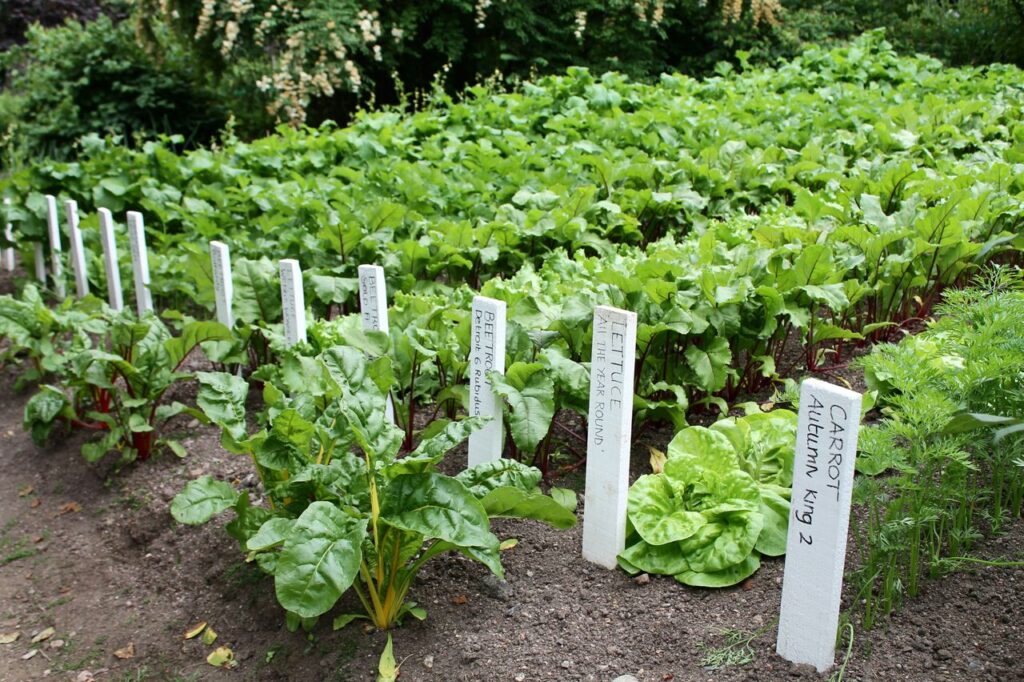Fall is a great time to plant a vegetable garden. The weather is cooler, the days are shorter, and there are fewer pests and diseases to worry about. Plus, many fall vegetables store well, so you can enjoy them all winter long.
Choosing your vegetables
When choosing vegetables for your fall garden, it’s important to consider your climate and the first frost date. Some vegetables, such as tomatoes and peppers, are sensitive to frost and should be planted in the spring. Other vegetables, such as broccoli, cabbage, and carrots, are more cold-tolerant and can be planted in the fall.
Here is a list of popular fall vegetables:
- Broccoli
- Cabbage
- Cauliflower
- Carrots
- Celery
- Collard greens
- Kale
- Lettuce
- Onions
- Peas
- Spinach
- Swiss chard
Preparing your garden
Before you start planting, it’s important to prepare your garden bed. Remove any weeds or debris, and add a layer of compost or manure to improve the soil quality. You may also want to test your soil to see if it needs any additional nutrients.
Planting your vegetables
Most fall vegetables can be planted directly in the garden. Simply follow the planting instructions on the seed packet. Be sure to space the plants according to their mature size.
Some vegetables, such as broccoli and cauliflower, can also be started indoors and transplanted to the garden later. This is a good option if you have a short growing season.
Watering and fertilizing your vegetables
Fall vegetables need regular watering, especially during the first few weeks after planting. Be sure to water deeply, so that the water reaches the roots of the plants.
You may also want to fertilize your fall vegetables every few weeks with a balanced fertilizer. This will help them to grow strong and produce a bountiful harvest.
Protecting your vegetables from frost
If you live in a cold climate, you may need to protect your fall vegetables from frost. You can do this by covering them with row cover or burlap on cold nights. You can also bring them indoors if the temperature is expected to drop below freezing.
Harvesting your vegetables
Most fall vegetables are ready to harvest in the fall, before the first frost. Be sure to harvest them regularly, so that the plants continue to produce.
To harvest vegetables, simply cut them off at the base of the plant. Be careful not to damage the plant, so that it can continue to grow.
Storing your vegetables
Many fall vegetables store well, so you can enjoy them all winter long. To store vegetables, simply wash them and place them in a cool, dry place. Some vegetables, such as potatoes and onions, can be stored in a root cellar. Other vegetables, such as carrots and beets, can be stored in the refrigerator.
Tips for success
Here are a few tips for success in planting a fall vegetable garden:
- Choose vegetables that are suited to your climate and the first frost date.
- Prepare your garden bed before planting by removing weeds and adding compost or manure.
- Follow the planting instructions on the seed packet.
- Water your vegetables regularly, especially during the first few weeks after planting.
- Fertilize your vegetables every few weeks with a balanced fertilizer.
- Protect your vegetables from frost if you live in a cold climate.
- Harvest your vegetables regularly, so that the plants continue to produce.
- Store your vegetables properly so that you can enjoy them all winter long.
With a little planning and care, you can enjoy a bountiful harvest from your fall vegetable garden.

